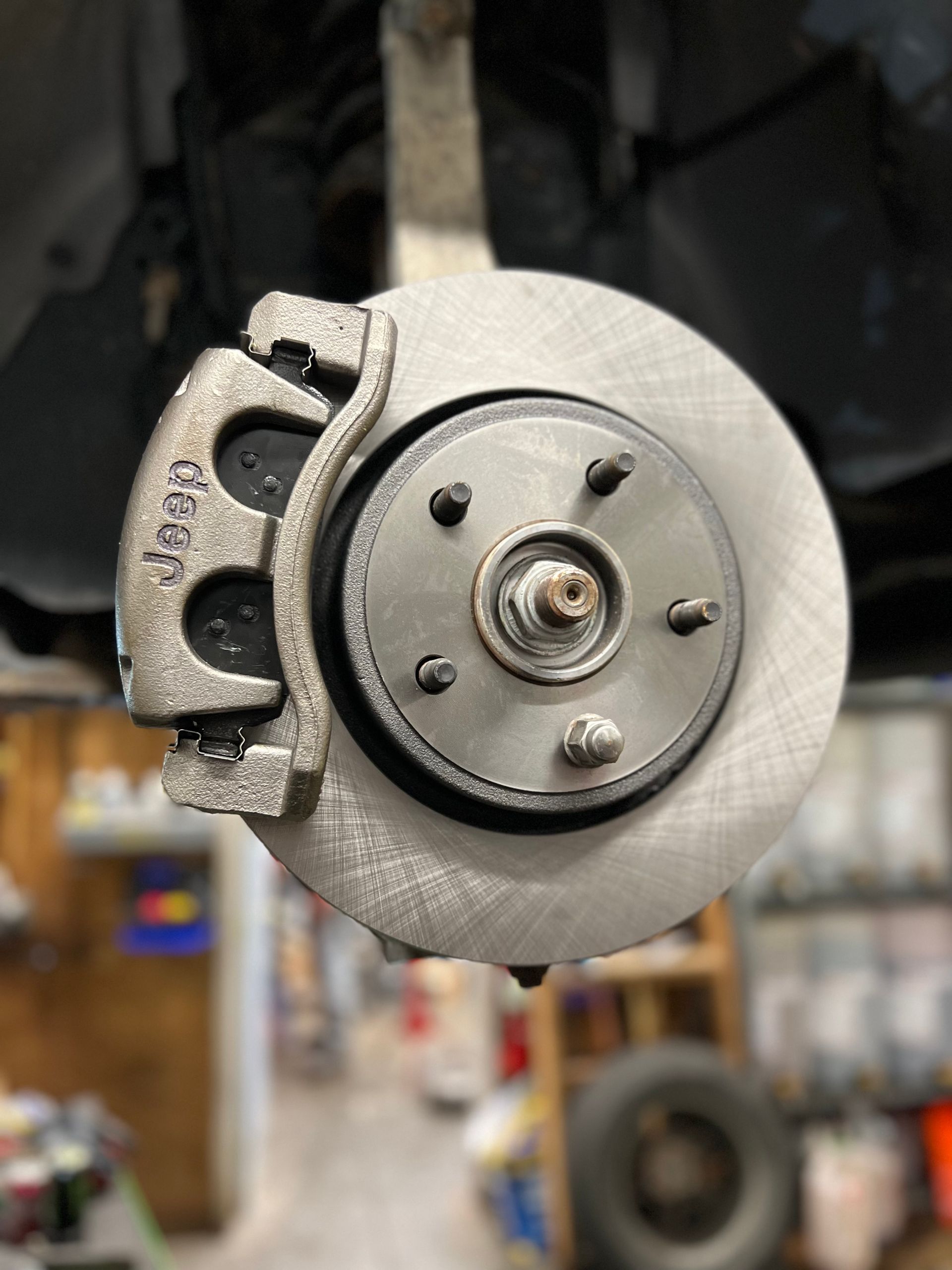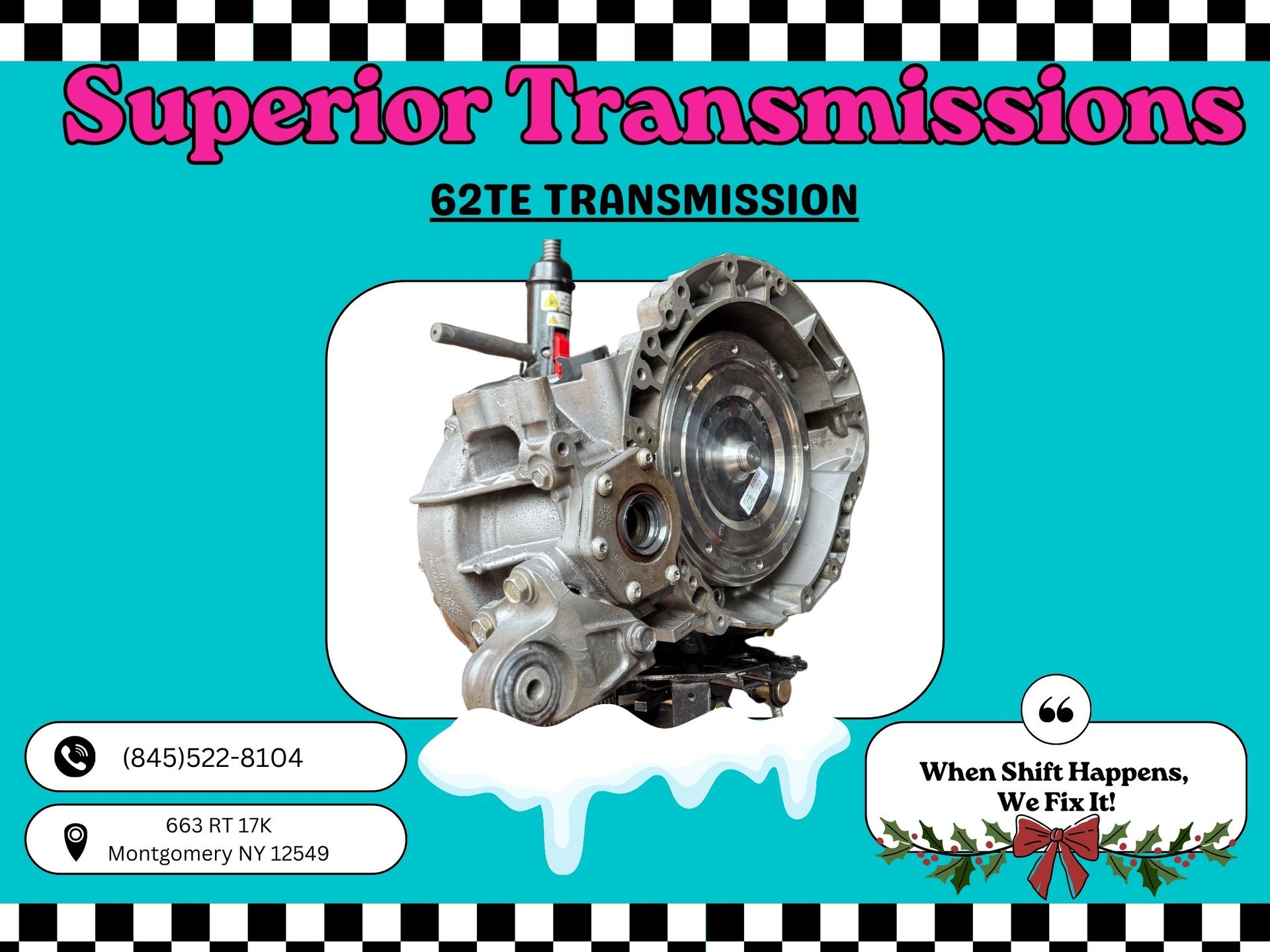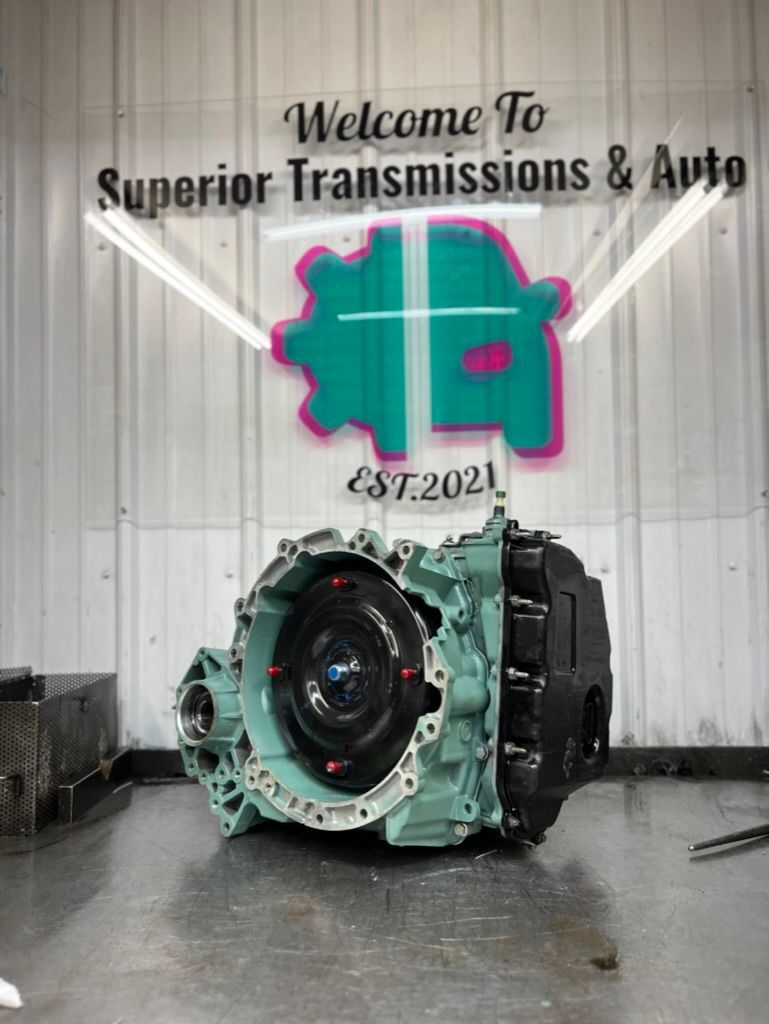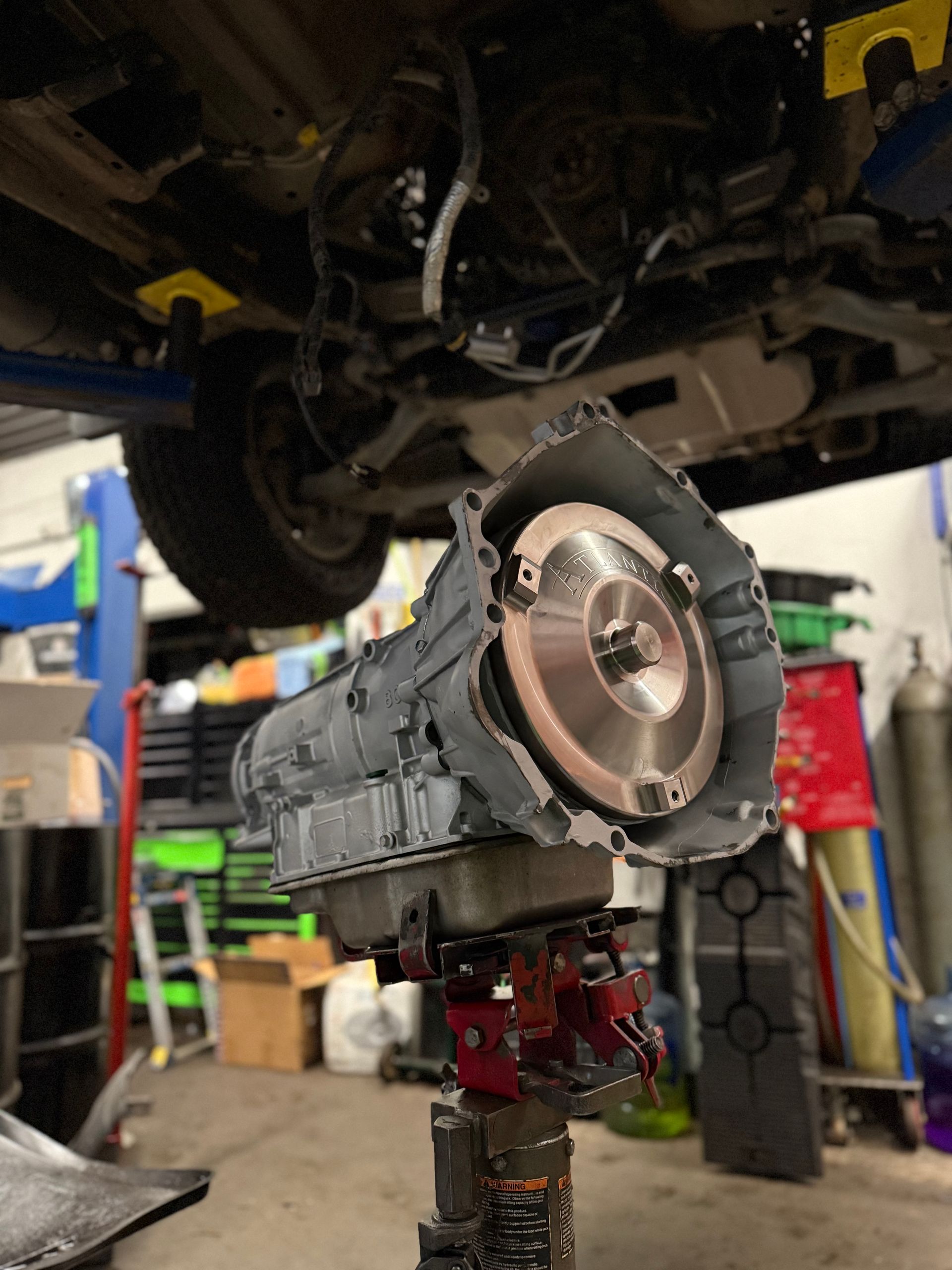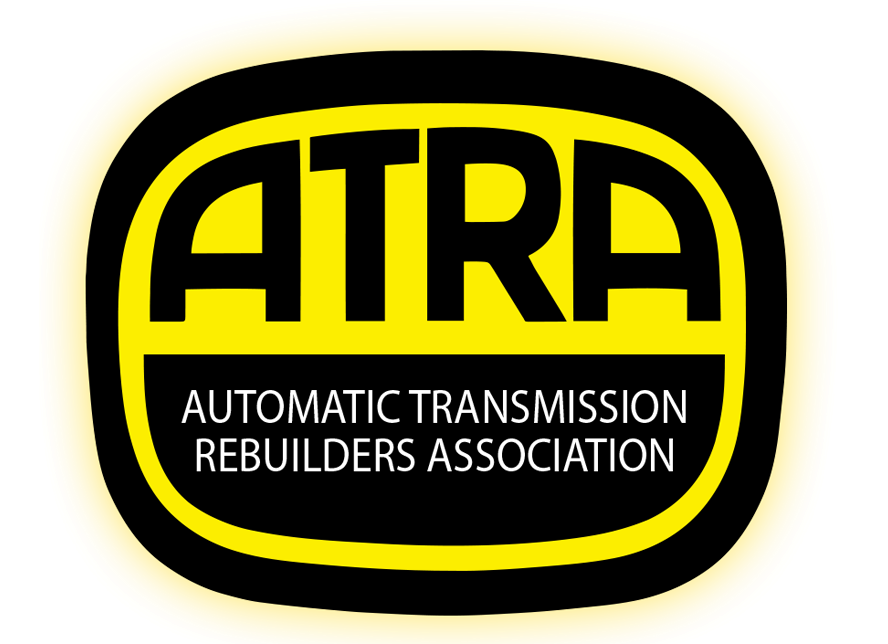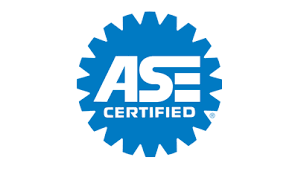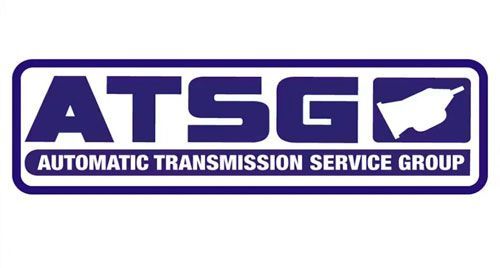The Copper Reduction
January 30, 2025
January 30, 2025
Why do new brake pads squeak?
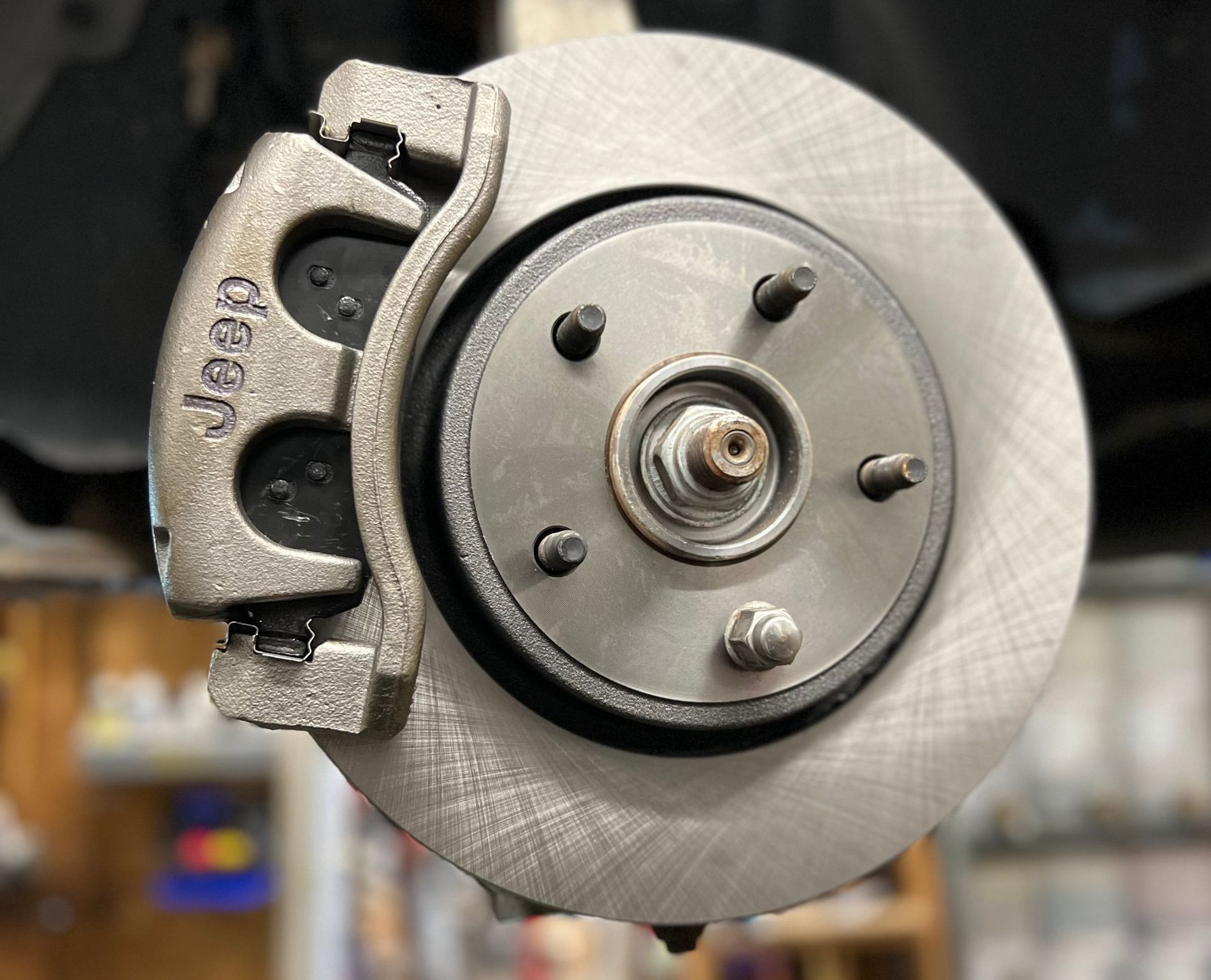
Why Are New Brake Pads Squeaking? The Copper Reduction Explained:
If you've recently had new brake pads installed and noticed a slight squeak, you're not alone. Many drivers assume that squeaky brakes mean poor quality or improper installation, but in reality, there's a scientific reason behind the noise—one that involves the environment, government regulations, and a shift in brake pad materials.
The Environmental Impact of Copper in Brake Pads
For decades, copper was a key ingredient in brake pads. It helped with heat dissipation, provided smooth braking, and—ironically—helped reduce brake noise. However, every time brakes were applied, tiny particles of copper would wear off and wash away into the environment, often making their way into rivers and streams. This seemingly minor issue had major consequences.
Scientists found that copper from brake dust was accumulating in waterways, where it had a toxic effect on fish populations. Copper disrupts the ability of fish to detect predators and communicate with each other, ultimately harming their survival. Salmon, in particular, were found to be highly sensitive to copper pollution, which led environmental agencies to take action.
New Regulations and Changes to Brake Pad Formulas
To address this environmental concern, laws were introduced to phase out copper in brake pads. In 2010, states like California and Washington passed legislation requiring a reduction in copper content, with the goal of eliminating it almost entirely by 2025. Brake manufacturers adapted by developing new formulations using alternative materials such as ceramic fibers, steel, and organic compounds.
While these new formulations are effective at stopping vehicles safely, they don't have the same noise-dampening properties as copper. As a result, even high-quality brake pads now tend to produce a slight audible squeak, especially during the break-in period or in certain weather conditions.
What Does This Mean for Drivers?
If your new brakes are making a minor squeaking noise, don’t panic—this is now a normal characteristic of modern brake pads. The sound doesn’t indicate poor quality or improper installation, but rather a shift toward more environmentally friendly materials. While some high-end pads incorporate noise-reducing features, a slight squeak is no longer something that can be entirely avoided.
That said, if your brakes are excessively loud, feel weak, or make a grinding noise, you should have them inspected. Regular brake maintenance and choosing the right pads for your driving habits can help minimize noise while ensuring your vehicle remains safe on the road.
At Superior Transmissions and Auto, we’re committed to keeping you informed about the latest changes in automotive technology. If you have any concerns about your brakes, give us a call or stop by our shop in New Windsor, NY—we’ll make sure your vehicle is in top shape!
